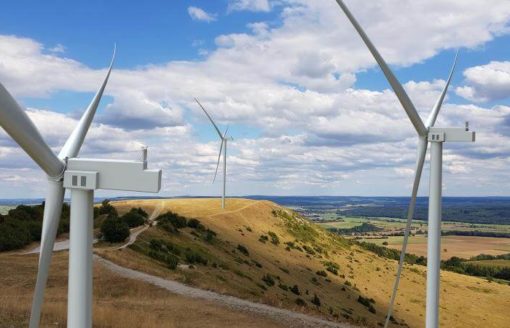All over the world, countries are turning to sustainable infrastructure, one that not only curbs the negative impact on the environment but also contributes positively towards the economy by enhancing the livelihoods surrounding it. The rapid economic development in the past decades in China has come at a cost. The cities and the skies are more polluted now than they were before. Sustainable infrastructure is the need of the day, and China seems to understand this well.
Since infrastructure is a quintessential feature in the Chinese formula for economic growth and prosperity, it has started to focus its resources on the development of sustainable infrastructure. The Chinese government has almost declared war against pollution as it aims to reduce the carbon footprint and the environmental damage resulting from development. A range of green initiatives has been introduced by the government to achieve this goal.
Coal run power plants have been ordered to be dismantled so that the carbon footprint can be reduced. There has been considerable progress in this regard as China has effectively reduced the number of smog days as a result.
The urban development also has an overarching environmentally-friendly tone to it. As China looks to develop its urban centers into high tech global cities, there is almost a rush of green projects across the cities. The focus is on sustainable infrastructure as the government wishes to achieve urbanization that is environmentally benign.
There have been major shake-ups in the regulatory frameworks and the rules and regulations. The government has introduced more stringent measures and controls when it comes to groundwater management, climate change policies, and pollution control. Estimates suggest that china requires funding of almost 19 trillion dollars to completely wean it off of environmentally damaging models of growth.
The ambitious BRI project seems to be a step in the right direction. The Chinese financial community seems to be taking the right steps as they are increasingly cognizant of the international best practices. China has devised its own policies on green finance that require their projects to be compliant of all the international environmental regulations in its investments abroad. Furthermore, there are a number of renewable energy projects and sustainable infrastructure projects along the routes of the BRI.
All in all, China seems to be transforming its development model as it incorporates strict environmental regulations into its laws while encouraging innovative and sustainable solutions for its urban development needs.





Investing in the Mining Industry; The Best Gold Mining Stocks